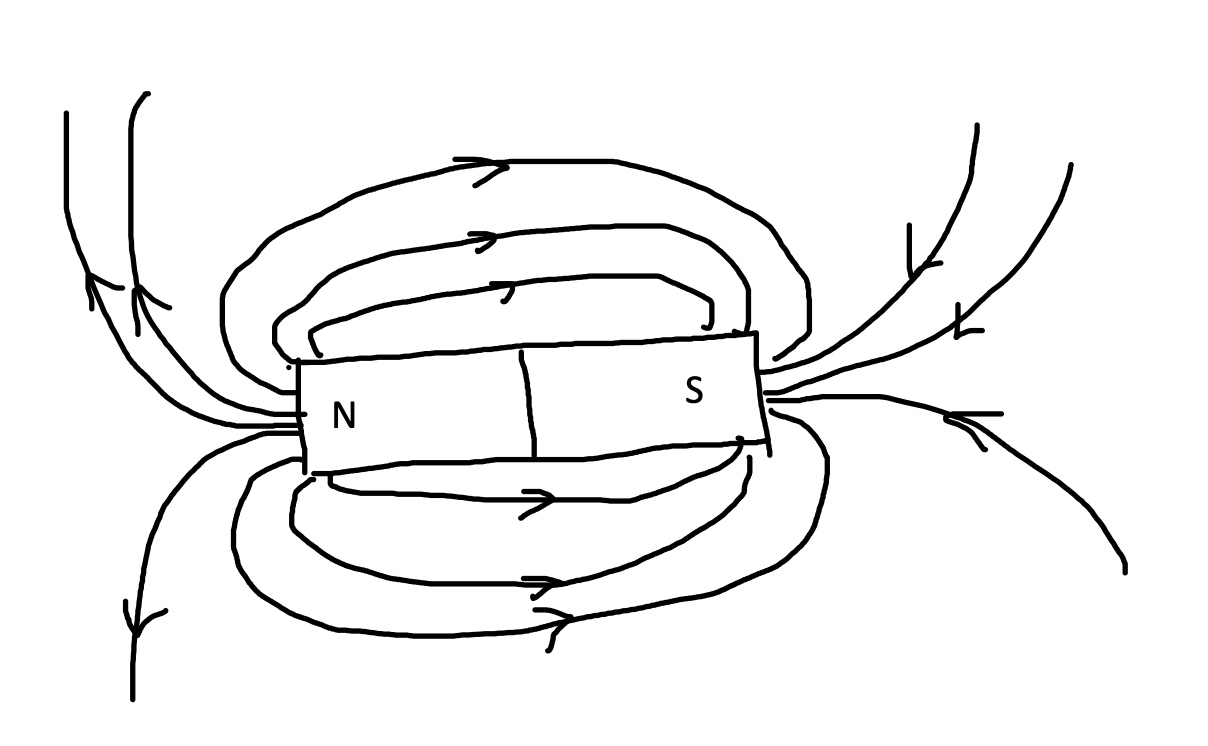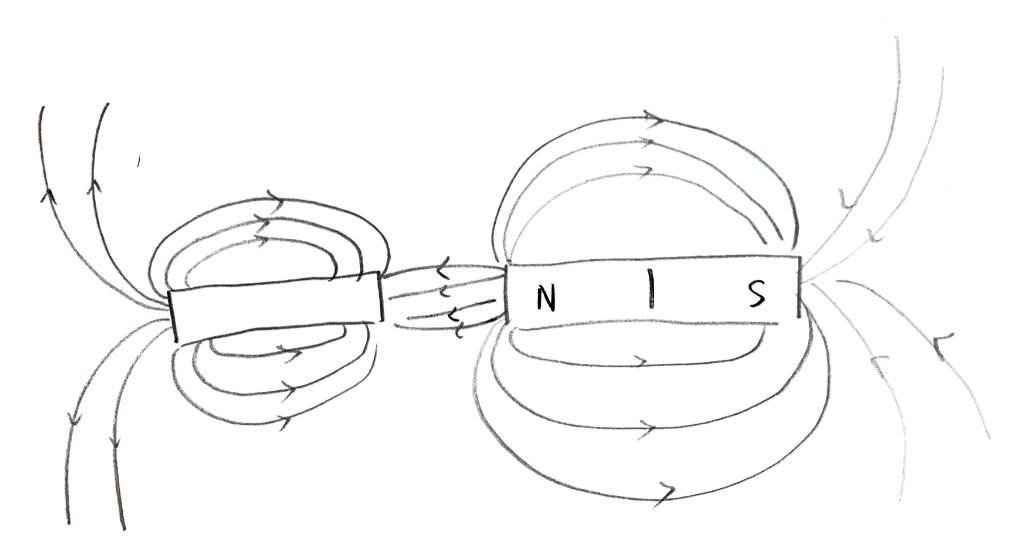Section B
Magnetic materials can be attracted to magnets while non-magnetic materials cannot.
a) The compass needle will be pointing away from the steel, since the current is flowing clockwise, meaning that the end the current is flowing to will be south. As a result, the opposite side, the side that the compass is at, will be North. Since like charges repel each other, the compass needle will be pointing away from the steel.
b) The steel is not going to be demagnetised right after the switch open -- it is going to retain some of the magnetism, meaning that it will still be repelling the compass needle, keeping it pointing away from the steel.
c) A timer will be needed for this experiment.
First, close the switch for a while, then open the switch and start timing until the compass needle points back. Do the same process but with an iron rod / steel rod in place of the steel rod / iron rod.
Compare the timing for the two rods. The one that is longer will be the timing in a trial of the steel rod, since iron loses its magnetism easily while steel does not lose its magnetism easily.
d) To hit it with a hammer or to heat it on fire. These are both ways to demagnetise magnets physically.
3.
a) 
b) (i)

(ii) The iron sheet shields the magnet. One application of this is to protect computer hard drives.
Section C
1.
(a) When a north pole is brought near the south pole of a bar magnet, the two will attract each other. When the north pole is brought near the north pole of a bar magnet, the two will repel each other.
(b) (i)

(ii) Place the iron bar and the bar magnet as shown in the diagram above, move the compass around the area and see where it points. Follow the compass and draw out the continuous lines.
(c) Temporary magnets are: easily magnetised / strong induced, lose their magnetism easily, and are usually made from soft magnetic materials
Permanent magnets are: difficult to magnetise / weak induced, difficult to be demagnetised, usually made from hard magnetic materials.
*2.
(a) To increase the strength of the magnet produced, supply a larger volt, or to continue the current for a longer period of time. (or maybe to wrap a longer solenoid around the metal rod?)
(b)





